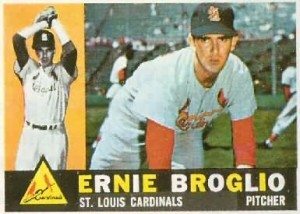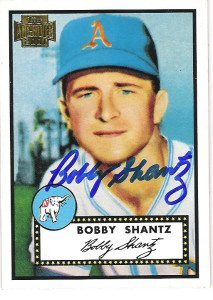Say it ain’t so, Bill.
I searched his memoir Uppity for insights about why he stopped accepting fan mail, choosing the “Return to Sender” route. Was he becoming baseball’s Greta Garbo? Had Dr. Mike Marshall influenced him with talk of autographs and real heroes?
Instead, he clings to the old, simplistic notion of everyone being a greedy dealer. He writes:
“When I was a player we never thought twice about giving some kid an autograph, or handing out signed baseballs…These days, of course, a lot of the big-name players have six-figure contracts with agents to market their autographs, and professional dealers have squeezed out the kids. If you give somebody an autographed baseball these days, you can probably expect to see it on eBay a week later.”
White endured years of racism and prejudice. He writes with restrained clarity, offering compassionate reviews of loudmouths like Cincinnati owner Marge Schott. Books that I’ve read by Frank Robinson and Bob Gibson boil over with an anger tsunami at bigotry. White is detailed but measured in his criticisms.
How I would have loved even one extra page detailing his views on fan mail.


